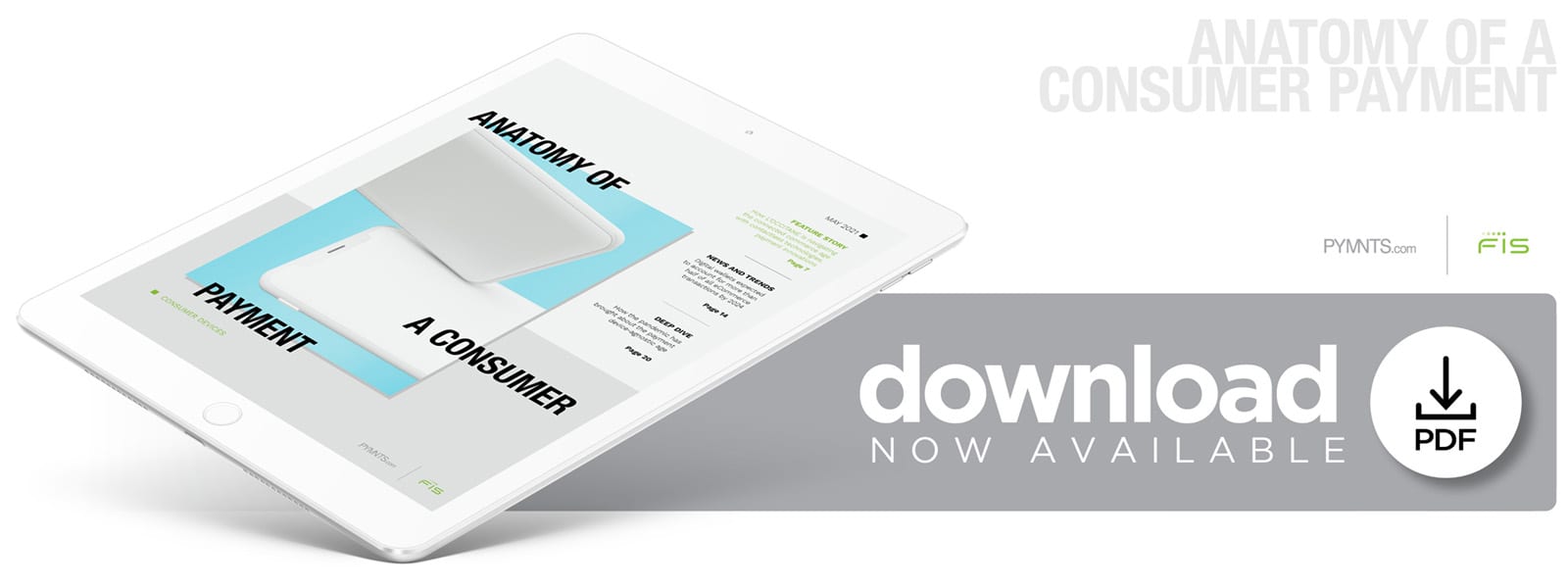L’OCCITANE Taps Contactless Payments To Bring Digital-Minded Consumers Back To The Store
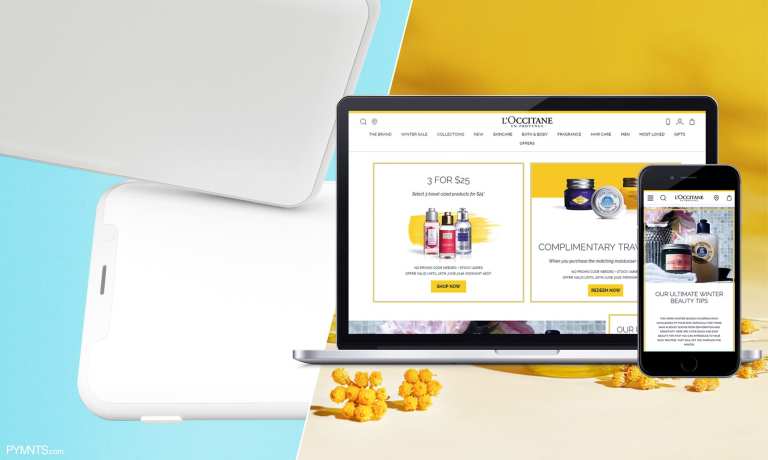
Consumers’ shopping and payment preferences have shifted broadly over the past year, with the pandemic prompting many to make a larger portion of their transactions via digital channels. eCommerce shopping in the United States rose 44 percent in 2020, for example, representing the highest annual increase the nation had seen in two decades. Consumers have also begun to use digitally connected payment methods at brick-and-mortar stores as retailers reop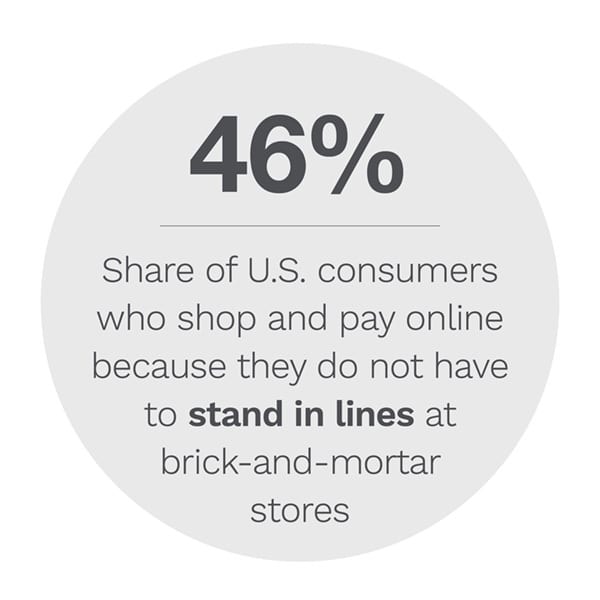 en their physical storefronts, especially as mobile wallets or other forms of contactless payments see increased adoption.
en their physical storefronts, especially as mobile wallets or other forms of contactless payments see increased adoption.
These trends reveal that many consumers wish to take the digital connectivity, convenience and speed of online shopping into the brick-and-mortar experience. Failure to support the various payment methods and devices consumers now utilize could leave retailers at a distinct competitive disadvantage as functionality and seamlessness become table stakes for consumers.
In Anatomy of Consumer Payments Playbook: The Consumer Devices Edition, PYMNTS examines why consumers’ use of payment devices and tools such as mobile wallets, wearable technologies and smart speakers is growing, as well as why it is critical for merchants to monitor this shift.
How L’OCCITANE Is Navigating The Connected Commerce Age With Contactless Technologies, Payment Innovations
Many merchants are reopening their brick-and-mortar stores as t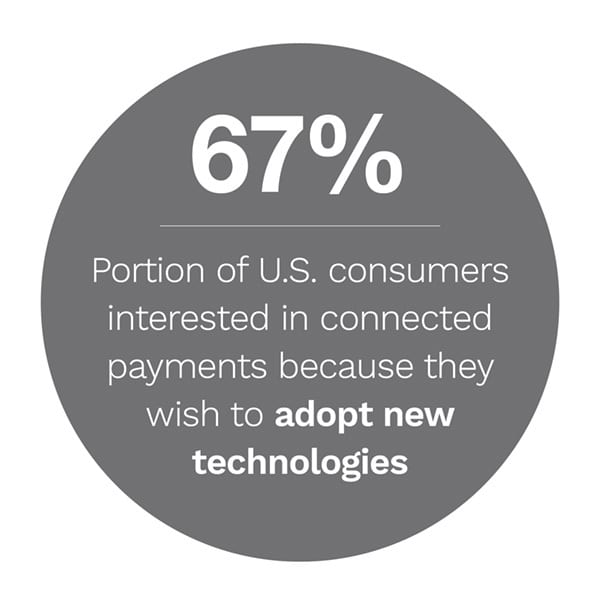 he retail sector slowly recovers from the global health crisis, but they are now catering to a customer base whose shopping and payment preferences have shifted significantly over the past year. Many consumers have taken to eCommerce channels for the bulk of their transactions during the pandemic, and these customers are now anticipating the convenience and ease of digital transactions even when they shop in person, explained Neal Patrick, vice president of business transformation and projects for skincare retailer L’OCCITANE, and Ashley Arbuckle-Nadon, vice president of brand marketing and wholesale for the company, in a recent PYMNTS interview. To learn more about how L’OCCITANE is tapping contactless technologies and other emerging tools to keep up with consumers’ shifting payment needs, read the Playbook’s Feature Story.
he retail sector slowly recovers from the global health crisis, but they are now catering to a customer base whose shopping and payment preferences have shifted significantly over the past year. Many consumers have taken to eCommerce channels for the bulk of their transactions during the pandemic, and these customers are now anticipating the convenience and ease of digital transactions even when they shop in person, explained Neal Patrick, vice president of business transformation and projects for skincare retailer L’OCCITANE, and Ashley Arbuckle-Nadon, vice president of brand marketing and wholesale for the company, in a recent PYMNTS interview. To learn more about how L’OCCITANE is tapping contactless technologies and other emerging tools to keep up with consumers’ shifting payment needs, read the Playbook’s Feature Story.
Deep Dive: Why Supporting A Seamless, Device-Agnostic Payments Experience Is Key For Merchants
eCommerc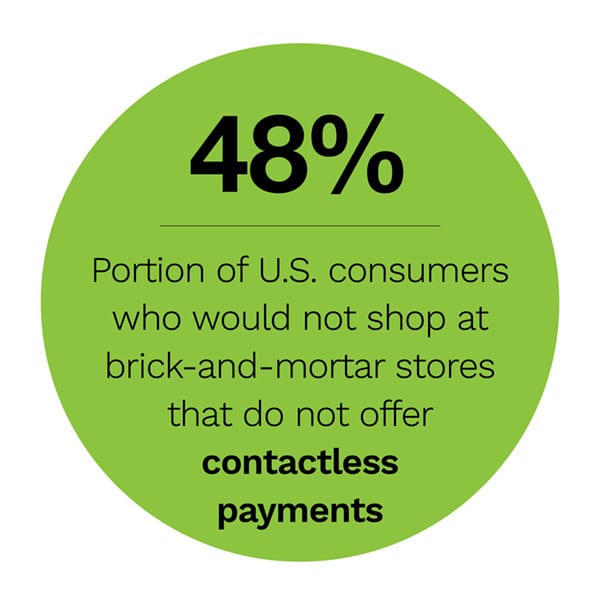 e transactions and touchless in-store payments have grown more popular during the pandemic, as consumers anticipate transactions that are smooth, convenient and digitally connected — regardless of which channel or method they use. One-third of consumers recently stated that their loyalty to everyday stores has shifted since the health crisis began, with 36 percent claiming it hinged on whether the retailers in question accepted online payment methods. Ensuring that they can support a multitude of payment methods at both the physical and digital point of sale (POS) is thus becoming of paramount importance to retailers. To learn more about why merchants must support a growing variety of devices and payment methods in the face of changing customer needs, visit the Playbook’s Deep Dive.
e transactions and touchless in-store payments have grown more popular during the pandemic, as consumers anticipate transactions that are smooth, convenient and digitally connected — regardless of which channel or method they use. One-third of consumers recently stated that their loyalty to everyday stores has shifted since the health crisis began, with 36 percent claiming it hinged on whether the retailers in question accepted online payment methods. Ensuring that they can support a multitude of payment methods at both the physical and digital point of sale (POS) is thus becoming of paramount importance to retailers. To learn more about why merchants must support a growing variety of devices and payment methods in the face of changing customer needs, visit the Playbook’s Deep Dive.
About The Playbook
Anatomy of a Consumer Payment Playbook, a PYMNTS and FIS collaboration, takes a data-driven look at how consumers’ payments are processed, as well as the technologies and innovations that can optimize payment flows. The Playbook series also examines recent trends in the payments space to provide financial institutions and merchants with a complete guide to the ins and outs of consumer payments, and to offer them a roadmap for navigating these challenges.
